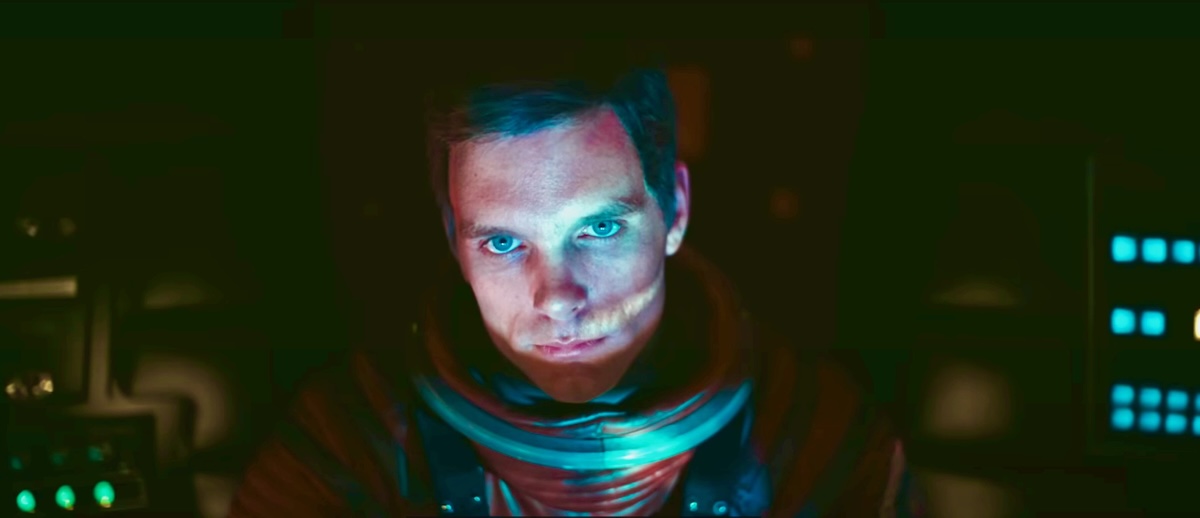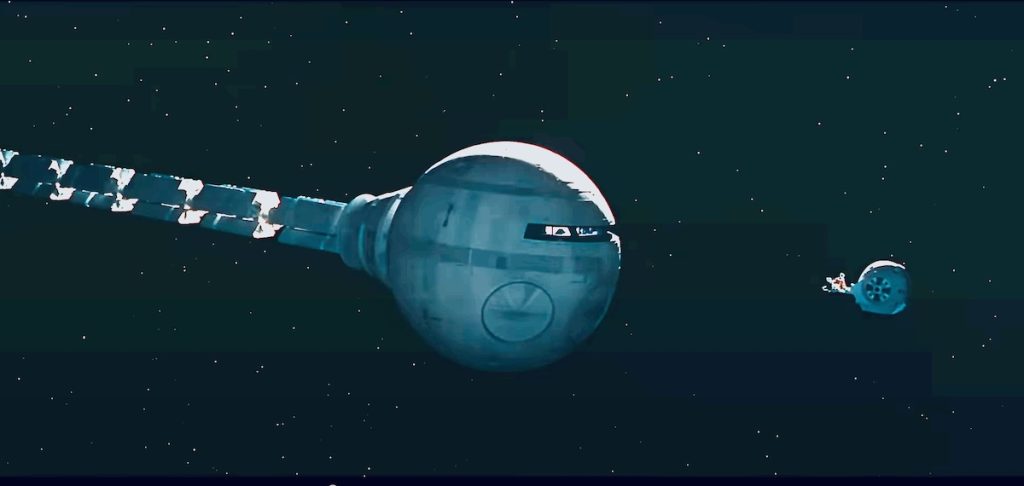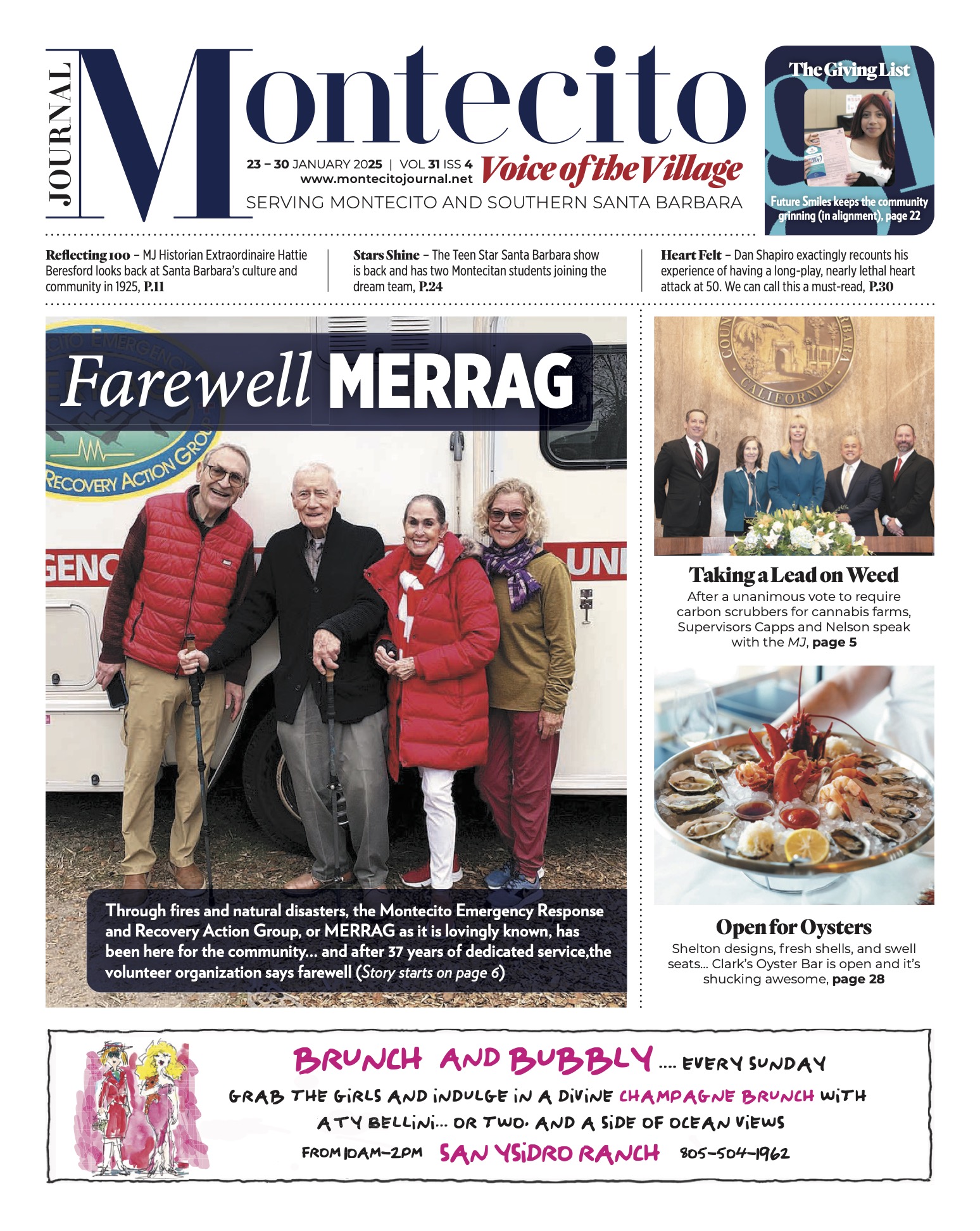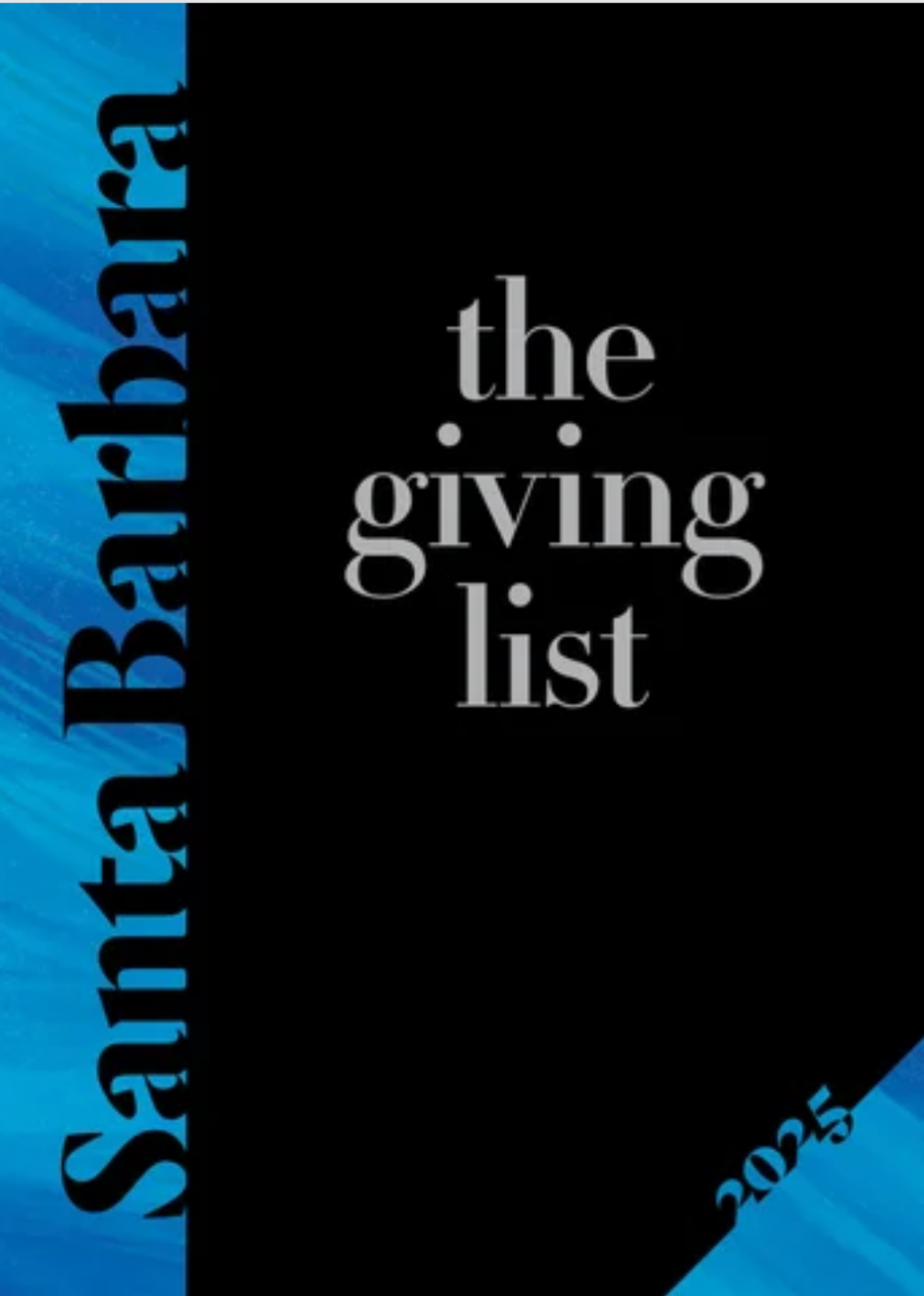Slamming Our Foot in the Pod Bay Door

It takes several minutes for astronaut Bowman to lose his patience. It’s a simple thing he’s asking – he just wants back in.
“Hello, HAL, do you read me? Hello, HAL… do you read me? Do you read me, HAL?”
Eschatology – scholarship which concerns itself with the End of Humankind – is by definition a bummer. But thinking eschatologically (don’t make me type that again) can come in handy when it helps us squintingly perceive the hulking, moonlit garbage truck as it lethally barrels towards us.
“Affirmative, Dave. I read you.”
“…Open the Pod Bay doors, HAL.”
“I’m afraid I can’t do that, Dave.”
Our damnable machines have ever been the thorn in our species’ side – your glitchy Wi-Fi signal, the ancient toaster you throw your shoulder out trying to get to, you know, MAKE TOAST. But will our machines be the end of us? Is Stanley Kubrick’s classic film 2001: A Space Odyssey a cautionary tale? Not by design. A malfunctioning machine is not the story’s core. But the film can be said to have emerged organically from that day’s concerns.
“Just one word, Benjamin. Heuristics.”
IBM’s room-sized corporate computers were a topic of public conversation. And for decades, increasingly wondrous computers had figured in sci-fi handwringing, such that 2001’s vexatious HAL9000 is said to have been so named because its letters precede IBM in the alphabet. But in the screenplay, the movie’s HAL9000 is nominally a Heuristically programmed ALgorithmic computer.
Heuristics is a programming mode that teaches an Artificial Intelligence to problem solve not by process of exhaustive elimination – but by riffling through logical likelihoods until a narrowed solution field is arrived at. Heuristics make for shorter AI response times that quickly yield a “possibility space” from which the human operator can then deduce their way to a flesh-and-blood finish. You teach the AI to use logical shortcuts, make common-sensical leaps, and connect intuitive dots. Heuristics is about teaching a machine to “think” like a bumbling superhuman.
Open AI’s programming is heuristic, and that gave us Chat GPT– the initially amusing little toy that now bestrides us like a blabbermouth colossus.
There Goes All We Know and Love. AI – AI – O
E. M. Forster – mustache-and-waistcoat author of such Edwardian fare as Passage to India, Howards End, and Room with a View – burst out with an insanely prescient short story called “The Machine Stops.” The tale features laptop computers, for instance. In the story, every aspect of the world has been given over to the Machine, a sort of coddling, omnipresent mechanical do-everything – built by humankind ages ago and now venerated through habit as a kind of sanguine, secular deity. Every apartment is furnished with a Book that describes its workings and people go to the book for succor when they feel upset or alarmed.
There is nothing in the least diabolical about the Machine, but when one day it begins to show signs of malfunction, there is abject terror. In the story, we ultimately have given so much over to the Machine we are no longer whole without it, and its dissolution releases us to a variously horrifying and glorifying new world. Forster wrote The Machine Stops in 1909.

When ChatGPT was flung at us in futuristic-sounding 2022, the maddened response was almost poignant. On LinkedIn, the business world went predictably bandwagonesque, folks hurriedly ironing their Business Casual and talking earnestly to the camera about what their AI can offer. The lemming-like gold rush immediately overwrote the magisterial possibilities inherent in the new wonder tech as everyone and their uncle scrambled without embarrassment to squeeze the miracle for its fiduciary juice.
Then came the species-hobbling reflex. We realized in a jiffy that AI could compose songs, paint pictures, write plays and essays. A guy online brayed that he had AI write his girlfriend a love poem. “She never knew!” he cackled without irony. Yeah, congrats, Romeo.
The pundits (or pundints, as many are known to say – a galling mispronunciation that’ll soon be codified by the silica-enhanced Large Language Laggards) are still mostly waving aside concerns about AI breaking out of the lab and turning Keanu Reeves into a human battery – The Matrix thesis. “C’mon, people – that’s just bad science fiction,” we’re laughingly scolded. Whew! Good to know!
The Keys to the City
But the End of Everything concern is more to do with our excitedly handing AI the Keys to the City, and with very little prompting. The City is creativity. Yeah, throw all the accountants and cancer researchers and aerospace engineers out of work if you must (and the frantically excited jumping up and down seems to suggest We Must), but leave the creative space out of it. Anything composed, painted, or written by a machine is intrinsically lesser. The eons-long accidental stumbling of carbon-based animals into inexplicable artistic expression – please tap the brakes before you give away this last, tenuous hold on what makes us human.
As for bidness, the usual incentives are at play. Your boss loves you, but her mandate is to grow the company and please its proximal stakeholders (if you hadn’t noticed). That’s why 250,000 workers can be summarily laid off to satisfy the fiduciary brow-furrowing of a “board.” It is our common misfortune that a machine has no spouse, no children, no need for healthcare – neither for those Wednesday all-hands lunches on the corporate lawn, where a deeply-felt esprit de corps once reliably grew the family and its shared mission, organically furthering the company’s heart-driven excellence. Buh Bye, heart-driven excellence. AI will prove to be the workforce Grim Reaper, the dark cloak and scythe replaced with a laudably photorealistic portrayal of the CEO tearily waving goodbye. Hey, it’s just business.
The Small Bang
H. G. Wells had a word or two in his dystopian downer The Time Machine, in which a man cast some 800,000 years into the future finds that humankind has bifurcated into two related but now utterly distinct species; the Eloi, fey idiots who lounge around in flimsy togas, eating plates of fruit and staring numbly at each other – and the Morlocks, hideously retrograde creatures who live underground, provide for, and feed on the Eloi. Wells’ novella emerged from the generally dyspeptic attitude among British intellectuals about what the Industrial Revolution portended – yes, class divisions made starker by the new industrialized ruling titans and the profound subjugation of the worker. But the novel’s keynote is a declining human species fatally nullified by technology.
As T. S. Eliot writes in concluding his happy-go-lucky poem “The Hollow Men;”
This is the way the world ends
This is the way the world ends
This is the way the world ends
Not with a bang but with a whimper.
*Not to put too fine a point on it.







You must be logged in to post a comment.